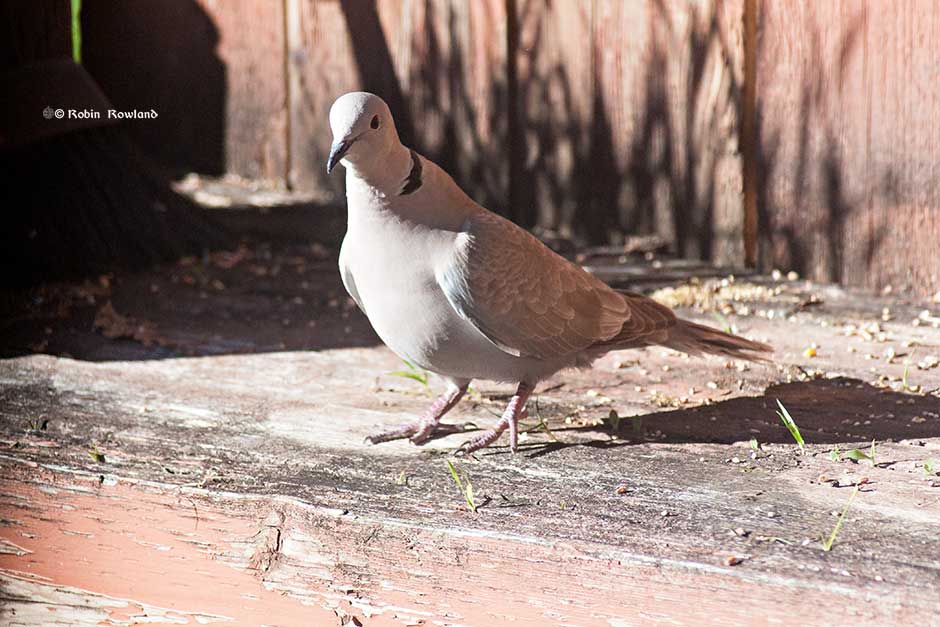A Eurasian collared dove hanging around my backyard
July 4, 2017
Here in Kitimat, you hear the “cooing” of doves more frequently these days. The naturalists say the mourning dove (zenaida macroura)more common in southern British Columbia has been moving north, enticed by the changing climate. Other members of the family Columbidae that from time to time visit the Kitimat Valley are the band-tailed pigeon and […]

